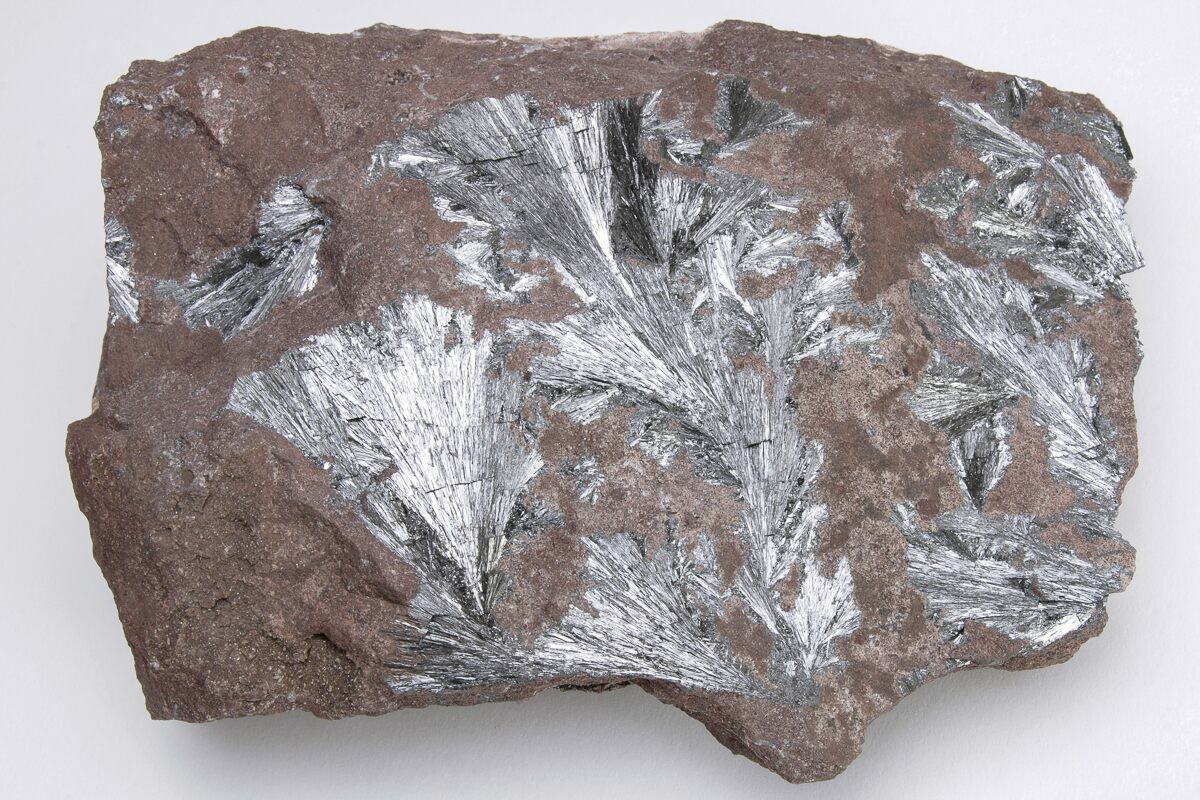The exploration and discovery of metallic minerals play a crucial role in various industries, from mining to manufacturing. Understanding the process of how metallic minerals are found is essential for professionals in geology, mining, and related fields. In this blog post, we will delve into the multi-faceted methods employed to locate metallic minerals, highlighting the significance of geological surveys, remote sensing techniques, and advanced technologies.
- Geological Surveys: The Foundation of Mineral Exploration
Geological surveys serve as the backbone of mineral exploration. Geologists meticulously study the Earth's crust, analyzing rock formations, mineral assemblages, and structural features. By examining the geological history and processes, they can identify potential areas where metallic minerals might be present. These surveys involve fieldwork, mapping, and sampling, providing valuable insights into the mineralization potential of a region. - Remote Sensing: A Bird's Eye View
Advancements in remote sensing technologies have revolutionized mineral exploration. Satellite imagery, aerial photography, and hyperspectral imaging enable geologists to detect subtle variations in the Earth's surface, indicating the presence of metallic minerals. By analyzing the reflected or emitted electromagnetic radiation, experts can identify specific mineral signatures. This non-invasive technique allows for large-scale surveys, aiding in the initial identification of mineral-rich areas. - Geochemical Analysis: Tracing the Footprints
Geochemical analysis involves the study of chemical elements and their distribution in rocks, soils, and water. By collecting samples from potential mineralized zones, geologists can analyze the concentration and dispersion of specific elements associated with metallic minerals. Techniques such as X-ray fluorescence (XRF) and inductively coupled plasma mass spectrometry (ICP-MS) provide precise measurements, helping to narrow down exploration targets. - Geophysical Methods: Peering Beneath the Surface
Geophysical methods utilize various physical properties of rocks to detect subsurface mineral deposits. Techniques like magnetic surveys, gravity surveys, and induced polarization surveys measure variations in magnetic fields, gravitational forces, and electrical conductivity, respectively. These methods allow geologists to map subsurface structures and identify potential mineralization zones, aiding in the selection of drilling locations. - Advanced Technologies: Unleashing the Power of Innovation
In recent years, technological advancements have significantly enhanced mineral exploration. Remote-operated vehicles (ROVs) equipped with sensors and cameras can explore underwater mineral deposits. Unmanned aerial vehicles (UAVs) equipped with LiDAR and magnetometers can rapidly survey vast areas. Additionally, machine learning algorithms and data analytics are being employed to process and interpret large datasets, improving the accuracy and efficiency of mineral exploration.
Conclusion:
The discovery of metallic minerals is a complex and multi-dimensional process, involving a combination of geological surveys, remote sensing techniques, geochemical analysis, geophysical methods, and advanced technologies. By integrating these approaches, professionals in the field can identify potential mineral-rich areas, leading to successful exploration and extraction. As technology continues to advance, the future of metallic mineral discovery holds immense potential, enabling us to unlock valuable resources while minimizing environmental impact.



